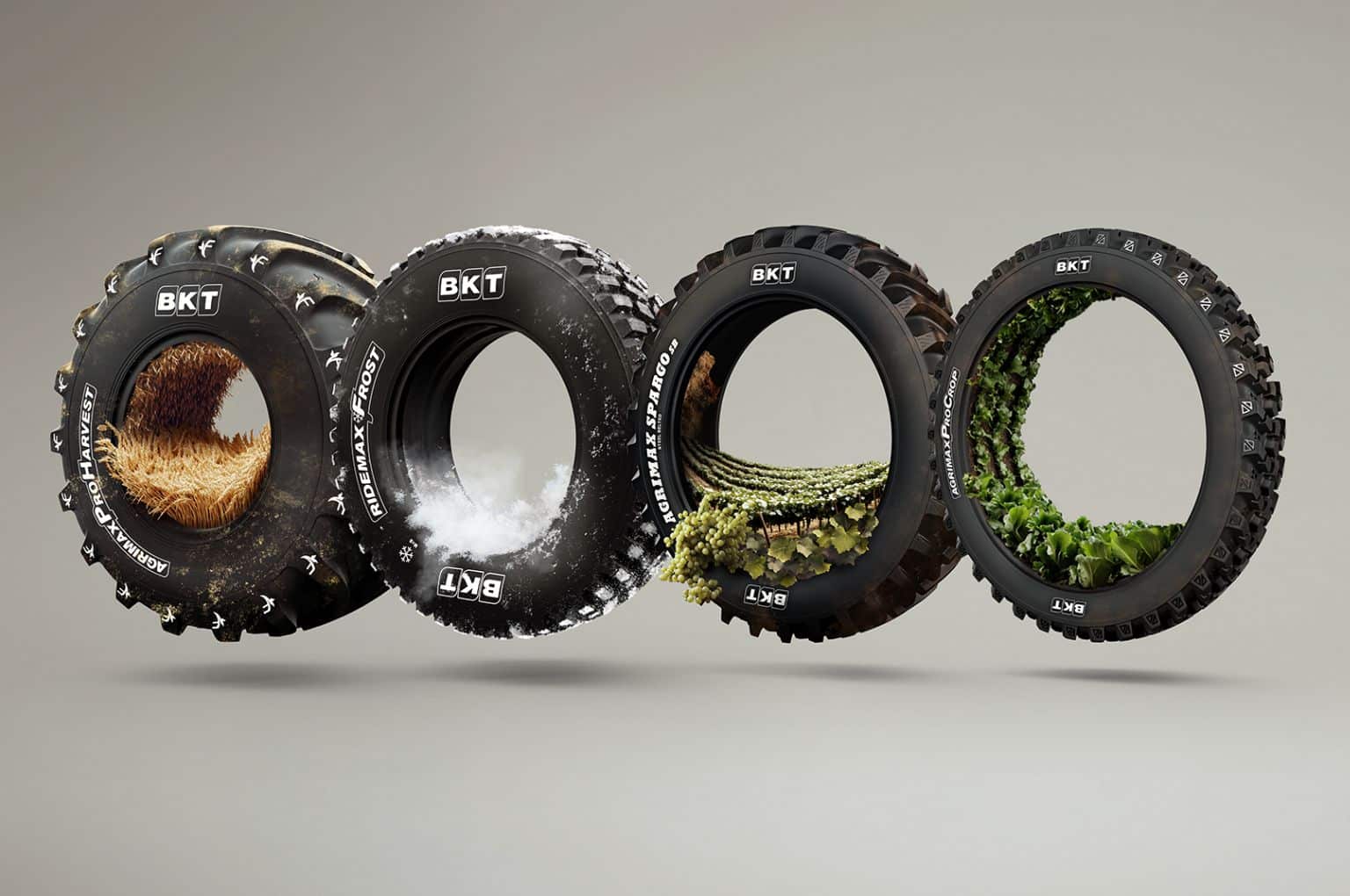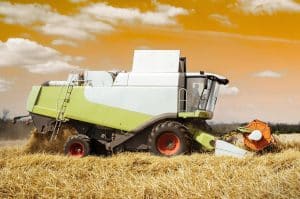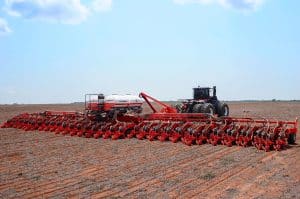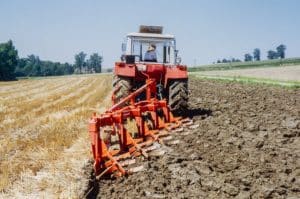BKT introduces four new tire solutions. Three of these extend the existing Agrimax series, while one more tire is added to the Ridemax series.
The extension of the Agrimax range starts with the Agrimax Procrop, designed to optimize field performance, particularly spraying activities and operations in row crops, as well as having good grip on asphalt in road transfers. Key features of this new product include VF technology, which enables to carry heavier loads at reduced inflation pressure, and a wide footprint, reducing soil compaction by ensuring an even weight distribution on the tire.
The second is Agrimax Spargo SB, designed for open field spraying operations and row crops, but also for tractor use in orchards and vineyards. This pattern differs from its predecessor by means of its steel belt, an increased tread depth, and a narrower lug width, resulting in a more open and higher tread pattern for exceptional handling on the road. One of Spargo SB’s main advantages is its ability to reach speeds of up to 65 km/h providing greater operational efficiency for end users.
For more complex operations with combine harvester operations BKT presents its third new addition : the Agrimax Proharvest that combines productivity and soil protection. Durability is one of its main features resulting from the special compound and a reinforced polyester casing with three-layers steel belts. Thanks to its open shoulder design, the Proharvest provides optimal traction even on rough or wet terrain, as well as self-cleaning properties.
The fourth tire is part of the Ridemax range and designed for the approaching arrival of the winter season. It features a natural rubber compound specifically formulated to withstand low temperatures and to extend its life cycle. Hence, the new Ridemax Frost features flexibility and elasticity even at temperatures below zero degrees Celsius, plus optimal grip and traction in transportation and road maintenance operations on snowy or icy surfaces. The tread pattern is designed to improve grip and reduce the sliding risk.

![RightSpot Ad Template Digital-1400×190-px[76] Ag Leader RightSpot](https://world-agritech.com/wp-content/uploads/elementor/thumbs/RightSpot-Ad-Template-Digital-1400x190-px76-r316mmc0hgoob9qxmklllnnbxta1nlj7t2vjkoyeek.png)







